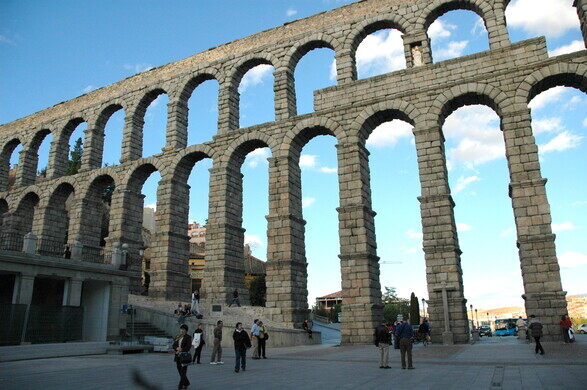In this English challenge, you will listen to the famous song Fly Me To The Moon, sung by the jazz legend Frank Sinatra. As you listen, fill in the missing lyrics.
Now, let´s learn more about this type of music. It is amazing!
Jazz is a music genre that originated in the African-American communities of the United States. Jazz is sometimes called "America's classical music". Since the 1920s Jazz Age, jazz has become recognized as a major form of musical expression.
Jazz is characterized by swing and blue notes and improvisation. Jazz has roots in West African cultural and musical expression, and in African-American music traditions including blues and ragtime, as well as European military band music. Although the foundation of jazz is deeply rooted within the black experience of the United States, different cultures have contributed their own experience and styles to the art form as well. Intellectuals around the world have hailed jazz as "one of America's original art forms".
Find out more about this incredible American music by playing this video:
So, what do we know about jazz?
Jazz is an original American art form that in the southern United States in the early 20th century by African Americans.
Three basic elements set this art form apart from classical music:
1) Rhythm
2) Improvisation
3) Conversation
1) Rhythm
While most classical and jazz music looks the same, the rhythms are performed differently. Classical music typically places an emphasis on the first and third beats of each measure. Jazz music switches that emphasis to beats two and four, as well as placing an emphasis on the upbeats. The tension created by switching the emphasis to the second and fourth beats and the stressing of upbeats within the measure is called syncopation.
2) Improvisation
One of the basic differences between jazz and classical music is that jazz musicians improvise. Musical improvisation is a creative process that requires the jazz artist to be spontaneous, composing music with on their instrument or scat singing music that has never been played or written down before.
3) Conversation
Classical music is composed before the concert begins. Jazz musicians play a composed tune to start and follow with improvisation that is composed on the spot. Jazz is never the same. It changes each time because the musical "conversations" that occur change as jazz musicians perform. An improvised idea from a trumpet player might be responded to by the supporting piano player, and then responded to again by the trumpet player.

